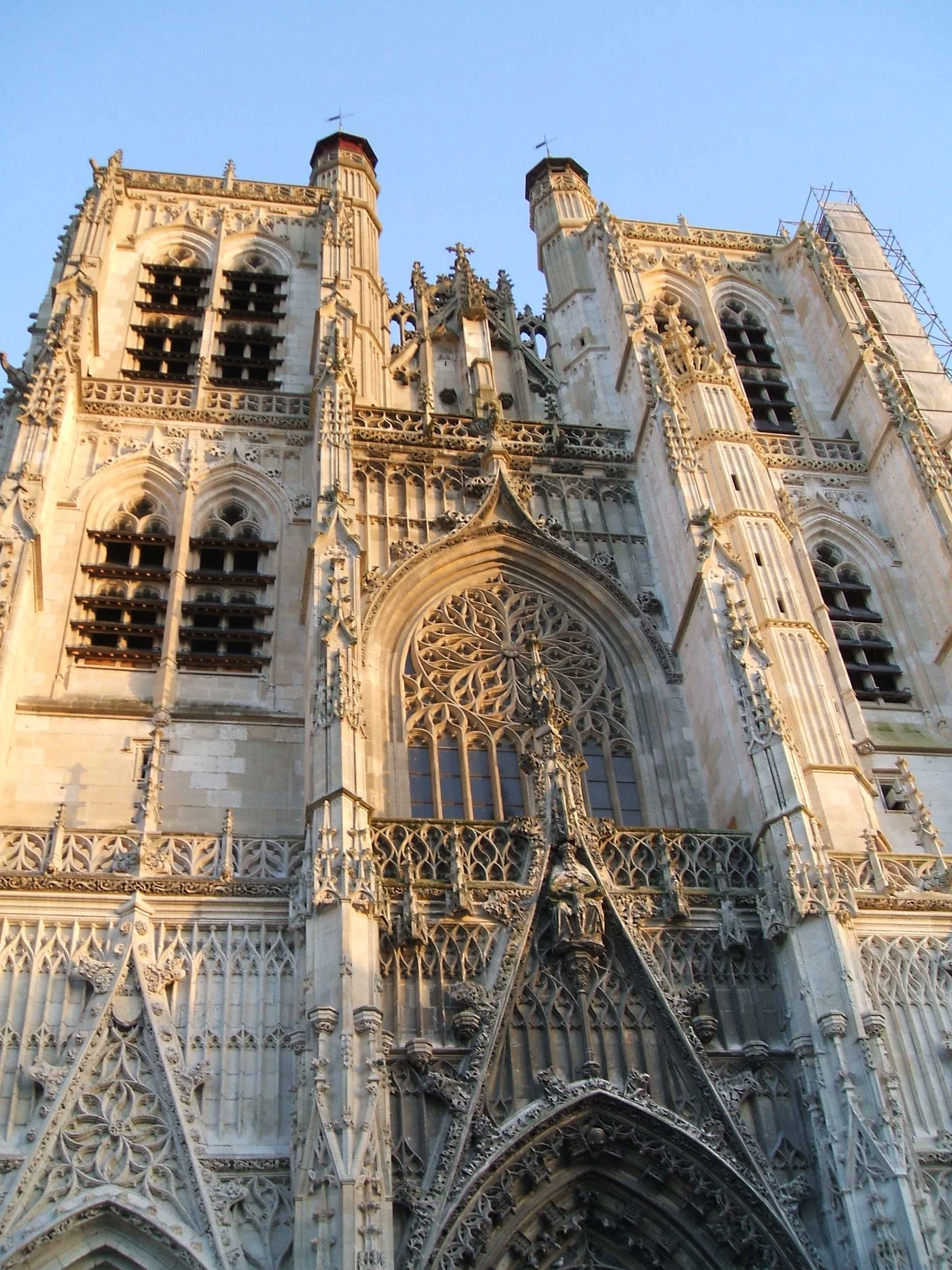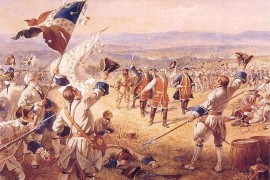A young nobleman in XVIIIᵉ century France
François-Jean Lefebvre de la Barre was born in 1745 into a family of minor nobility. Orphaned at an early age, he was raised by his uncle. A curious and cultured young man, he developed a passion for literature. Like many young nobles of his time, he enjoyed the circles where the new ideas of the Enlightenment circulated, those that defended tolerance, reason and freedom of thought. But this was during the reign of Louis XV, in a society where Catholicism still reigned supreme. Philosophers, especially Voltaire, were beginning to upset the established order. The climate was tense.
A climate of intolerance
Blasphemy, today unthinkable as an offense, was then punishable by law. France in the XVIIIᵉ century could still condemn a man to death for words or gestures deemed disrespectful to religion. In Abbeville, a small town in Picardy, religious fervor was alive and well. It was here that a mutilated crucifix was discovered in 1765. The search for culprits soon began.
La collégiale Saint Vulfran à Abbeville / Photo chosen by Monsieur de France: By Emmanuelhammel - Own work, CC BY-SA 3.0, https://commons.wikimedia.org/w/index.php?curid=3493445
The accusations against the Chevalier de la Barre
All eyes were on a few young noblemen, including the Chevalier de la Barre. He was accused of singing obscene songs, blaspheming, mocking religious processions and - the ultimate scandal - failing to salute a crucifix he came across in the street. The trial began. The Chevalier de la Barre is quickly presented as a young libertine, influenced by new ideas. His reading habits - particularly Voltaire's works - were singled out for criticism.
An unfair trial
The Abbeville court sentences him to death. The sentence is terrible: prior torture, tongue-removal, decapitation, then the body burned with a copy of Voltaire's Dictionnaire philosophique.The young man appeals. The case goes all the way to the Paris Parliament, but the conviction is upheld. Louis XV, asked for a pardon, refuses it. The injustice was total.
July 1ᵉʳ, 1766: the execution
That day, the town of Abbeville witnessed a chilling spectacle. The knight, barely an adult, is led to the scaffold. His tongue, accused of blasphemy, is ripped out. His head is chopped off. His body is then thrown into the fire, with a book by Voltaire placed on the stake, as if to burn the ideas as much as the man. Others look away. The whole of Europe will soon be shocked by this execution.
Voltaire and the posterity of the Chevalier de la Barre
Voltaire / By Nicolas de Largillière - Works derived from this file: Voltaire-2008-11-24.jpg http://www.deism.com/images/Voltaire.jpg (old image: From en wikipedia), Public domain, https://commons.wikimedia.org/w/index.php?curid=23942
Voltaire, who was in Ferney at the time, took up the case. He, who had already defended Jean Calas - another victim of a miscarriage of justice - forcefully denounced the intolerance and absurdity of the trial. Thanks to him, the case of the Chevalier de la Barre became a symbol of the excesses of the Ancien Régime.In the XIXᵉ century, the Chevalier was rehabilitated in people's minds. His name became that of a martyr to freedom of conscience. In Paris, a statue of him was erected in 1905, not far from the Sacré-Coeur, a major Catholic landmark. Even today, his story is a reminder of how dearly freedom of thought was won.
Why remember the Chevalier de la Barre?
Because his tragic fate is a reminder of the dangers of intolerance and fanaticism. Because at the age of twenty, he paid with his life for derisory faults. Because his execution shows the extent to which freedom of conscience, now taken for granted, is the fruit of long and painful struggles.
FAQ
Who was Chevalier de la Barre?
The Chevalier de la Barre, François-Jean Lefebvre, was a young French nobleman executed in 1766 at the age of 20 for blasphemy.
Why was the Chevalier de la Barre condemned?
He was accused of impiety, mocking religious processions and failing to salute a crucifix, charges never proven.
How did Chevalier de la Barre die?
He was tortured, his tongue ripped out, decapitated and his body burned along with a copy of a book by Voltaire.
Did Louis XV pardon the Chevalier de la Barre?
No, despite appeals, Louis XV refused to pardon the Chevalier de la Barre.
Why is the Chevalier de la Barre a symbol?
Because his execution epitomizes the religious intolerance of the time and, thanks to Voltaire, he became a symbol of freedom of conscience.




